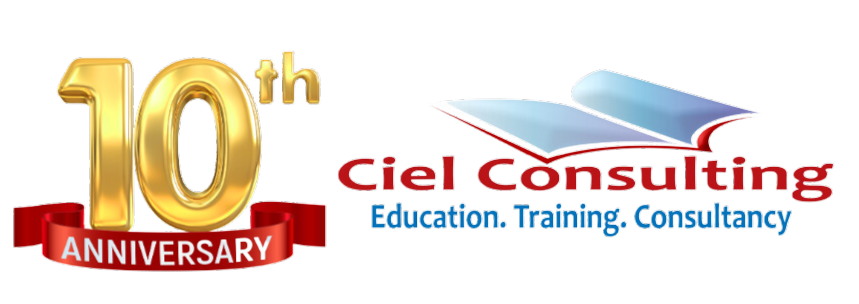Requirement gathering for businesses and projects
Everyone has an idea, but not every idea is a profitable idea. If the idea is profitable the not all profitable ideas are business ideas. When you have that business idea, how sure are you that it is scalable or sustainable? Understanding the nitty gritty of the business will ensure sustainability of a business and project. To start with, you will agree with me that the factors listed below are the fundamentals needed to achieve the goal of a business or project. They are:
Business or project requirements
Stakeholders requirements and expectations
Business or project constraints
Today we will be looking at the requirements needed for a project or business to achieve its goals and objectives.
What are requirements?
In a sentence, requirements are constraints, demands, necessities, needs, or parameters that must be met or satisfied, usually within a certain time frame. In other words, requirement is a usable representation of needs.
Classification of requirements
Business or project requirement
Stakeholders (People involved, interested, impacted or affected by the operation of the business or project) requirements
Solution requirements
Transition requirements
Requirements gathering is an essential part of any business and project management. Understanding fully what a business or project will deliver is critical to its success. Requirements gathering sounds like common sense, but surprisingly, it's an area that is given far too little attention. Many projects start with the barest headline list of requirements, only to find later the customer's needs have not been adequately understood.
One way to avoid this problem is by producing a statement of requirements. This document is a guide to the main requirements of the business or project. It provides:
A succinct requirement specification for management purposes.
A statement of key objectives - a "cardinal points" specification.
A description of the environment in which the system will work.
Background information and references to other relevant material.
Information on the primary design (a usable representation of the solution) constraints.
The contents of the statement of requirements should be stable or change relatively slowly. Once you have created your statement of requirements, ensure the customer and all other stakeholders sign-up to it and understand that this, and only this, is being delivered. Finally, ensure you have cross-referenced the requirements in the statement of requirements with those in the project definition report to ensure there is no mismatch (here, you are ensuring uniformity).
10 Rules for Successful Requirements Gathering
To be successful in requirements gathering and to give your project an increased likelihood of success, follow these rules:
Don't assume you know what the customer wants - always ask.
Involve the users from the start.
Define and agree on the scope of the project.
Make sure requirements are SMART - specific, measurable, agreed upon, realistic and time-based.
Gain clarity if there is any doubt.
Create a clear, concise and thorough requirements document and share it with the customer.
Confirm your understanding of the requirements alongside the customer (play them back).
Avoid talking technology or solutions until the requirements are fully understood.
Get the requirements agreed with the stakeholders before the business or project starts.
Create a prototype (Designs), if necessary, to confirm or refine the customer's requirements.
Common Mistakes during requirements gathering
Be careful to avoid making these mistakes:
Basing a solution on complex or cutting-edge technology and then discovering that it cannot easily be rolled out in the 'real world'.
Not prioritizing the requirements, for example, 'must have', 'should have', 'could have' and 'would have' - known as the MoSCoW principle.
Insufficient consultation with real users and practitioners.
Solving the 'problem' before you know what the problem is.
Lacking a clear understanding and making assumptions rather than asking.
Requirements gathering is about creating a clear, concise and agreed set of stakeholders requirements that allow you to provide what they wants. The video below shows some details about process of gathering requirements. Kindly watch and enjoy the bits of information.

